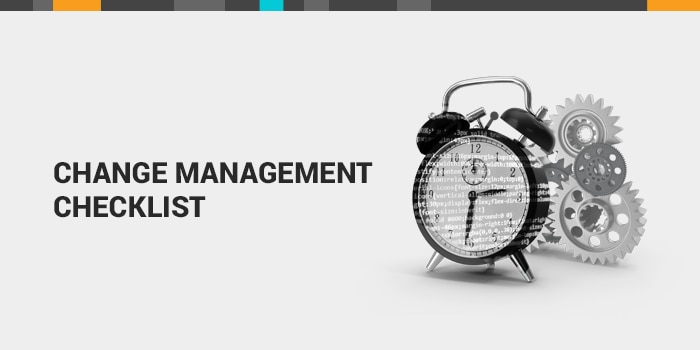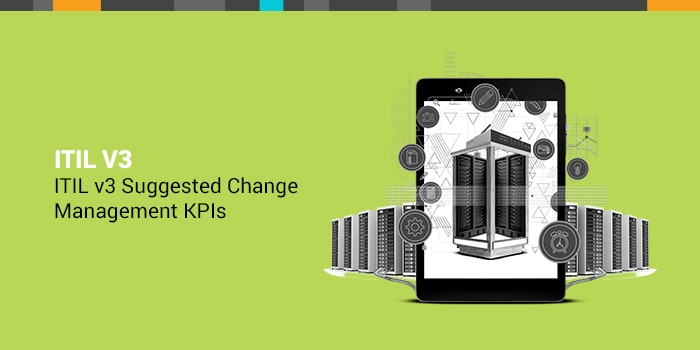- Have a documented scope of work.
- Communicate the process to all affected parties ahead of time: on-premises and remote.
- Complete prep work beforehand where possible.
- Always have a backup plan and or a rollback process.
Nuances of Change Management Across Hybrid IT Environments


Page Contents
Page Contents
Enterprise networks and IT environments can be a very unique type of organization to work with. No matter what division is involved, change management can be a stressful thing for an IT environment, if not handled correctly. If proper planning is made, then changes can go smoothly! Regardless, there are some nuances you want to keep in mind and problems to be sure to avoid.
OTHER TEAMS WITHIN THE CHANGE MANAGEMENT PROCESS
When it comes to change management, the team making the change generally has all of their ducks in a row. They have the change thought through, tested, and planned out. When it comes to making that change, they know who is doing what and exactly what needs to happen. Then the curveballs get thrown. How many times have you come across a situation like this:
The network team wants to make a change bringing down the edge internet routers, while the server admins are doing a mail server migration to the cloud for a group of users. The loss of an edge connection causes the mailbox upload to stop and the server admins to exceed their allotted downtime window to complete the migration.
This is probably not a scenario that is uncommon to many people working in enterprise IT environments. So many times, certain divisions can become very narrow-minded and have a lack of regard for other teams under the greater scope of the IT team as a whole. Those narrow-minded teams are choosing to only focus on their changes and projects. Breakdowns in communication like this have a tendency to escalate into larger, more difficult issues. The reality of the situation is that the teams involved may not even be part of your organization and may include providers like cloud vendors, for example. All of these teams, both internal and external, need to be included in the communication process when it comes to planning your changes.
KNOW WHAT YOU ARE AFFECTING DOWNSTREAM
It’s no surprise that enterprise IT structures can be very complex topologies with many different technologies in play. When it comes to change management, there are so many devices that rely on each other, that serious thought needs to be given when planning upcoming technical changes, whether they are on the network, server, or desktop side of things. Take network changes, for instance. Simple additions of routes can fix issues with certain network devices, while breaking end-to-end connectivity for others. Dynamic routing protocols can amplify these minor changes as they are shared between devices. Server environments can have this issue as well. Virtual datacenter changes can affect multiple physical hosts containing a wide range of virtual servers. Again, even minor changes can be amplified to affect a large number of devices and users. The due diligence that going into planning IT changes ensures that you as the admin are fully aware of all devices that will be affected when the changes are made.
BE AWARE OF YOUR HYBRID ENVIRONMENT
Local IT changes are one thing. You can make your changes and can always have local "console" access if needed in the event of something going wrong. In hybrid IT environments, this may not always be the case. Remotely hosted servers such as web servers or cloud hosted domain controllers need special consideration when it comes to the administration process. On-premises processes, such as restoring from a backup, can be very different when taking place on a device hosted in the cloud. Being aware of the affected devices for a change, their location, and the details of their management is ever more important as hybrid IT environments are becoming so common.
PREPARING A STRONG CHANGE MANAGEMENT PLAN
My personal strategy for change management is made up of four particular steps that I always make sure to follow to ensure a smooth change process.



